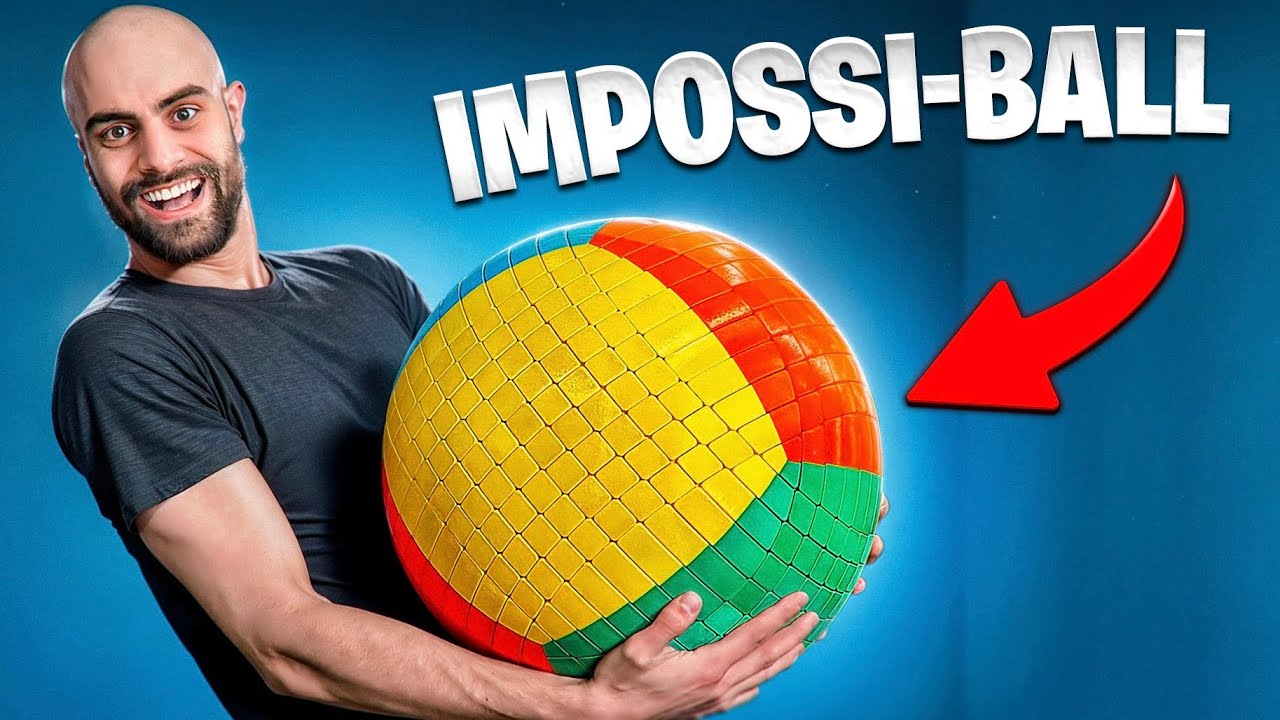- cross-posted to:
- cubers@lemmy.world
- cross-posted to:
- cubers@lemmy.world
cross-posted from: https://sh.itjust.works/post/18848847
The puzzle itself is cool, but I actually found the explanations of the mechanism design and 3D printing techniques more interesting.
He seems to have used a linear mechanism, similar to Oskar’s floating anchors approach, but without the floating anchors. My guess is that the ball shape eliminated most of the twisting forces on the pieces which necessitated the floating anchors in Oskar’s design.
Flattening off small areas of the pieces to allow them to be printed in an orientation which doesn’t require support bothered me a bit, but I can understand why he did it. Support material can be a pain in the ass.



Thanks for sharing!